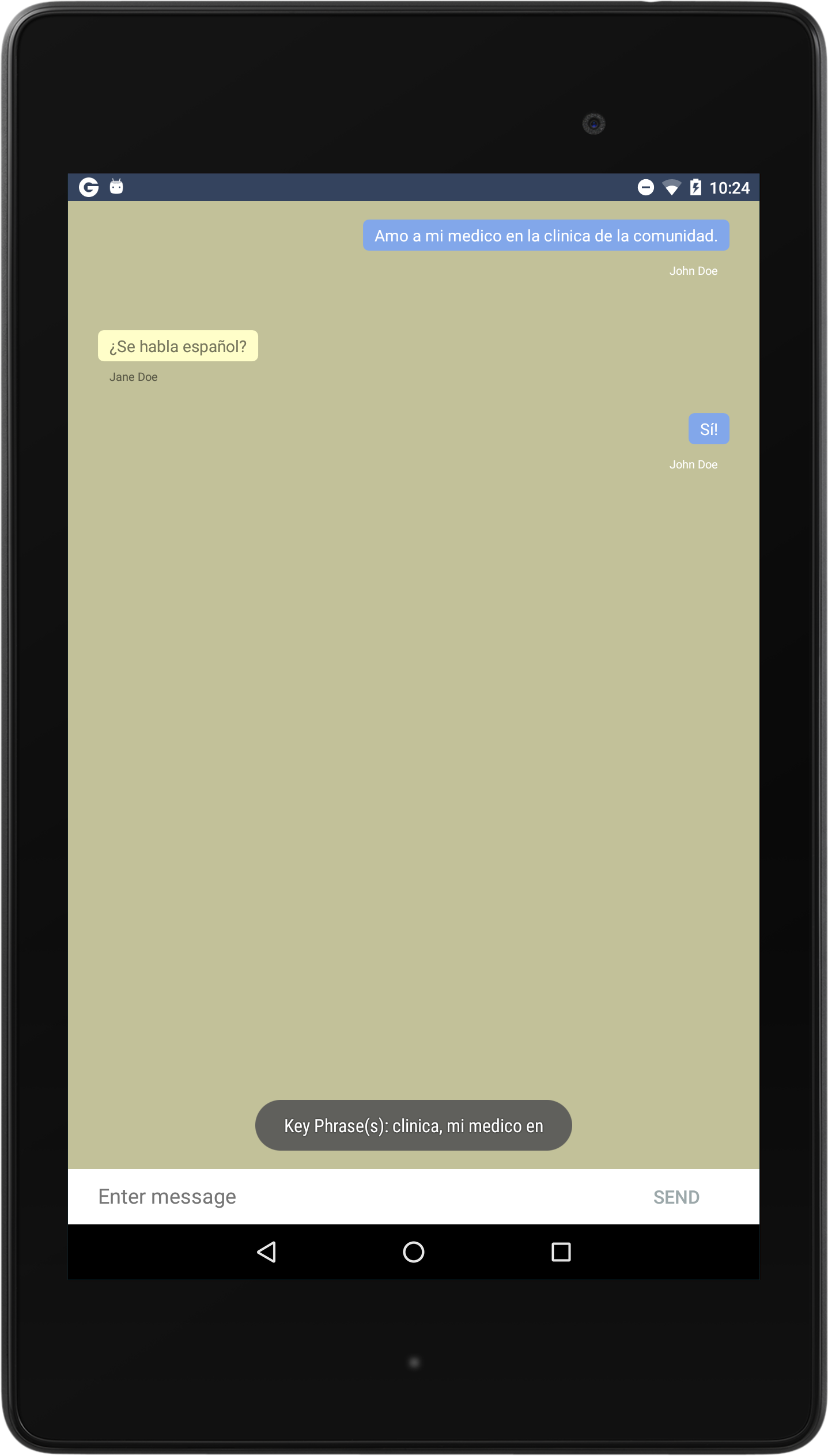Andreas Santoso, a software engineer here at Evince Analytics, recently participated in a Baltimore-area hackathon focusing on healthcare and social-impact issues. Below, he writes about his experience at the event, the process his team used to address the challenge, the outcome of the hackathon, and the overall takeaways for the event sponsor and for himself.
In September of 2016, I participated in the Kaiser Permanente Social Innovation Challenge Hackathon, co-sponsored by Microsoft and Oracle, in Baltimore, Maryland. The theme of the hackathon was, “How can technology help complex social problems facing Baltimore?”
Public Health Challenges in Baltimore
Public health issues are not entirely new to me; my mother was heavily involved in community health in my hometown of Loma Linda, California, and I frequently volunteered alongside her when I was in high school. The challenges I encountered there were very similar to the ones Baltimore faced: a shortage of healthcare access that is (a) available, (b) in close proximity, (c) culturally sensitive, and (d) affordable to the diverse communities in the city.
In addition to simply facilitating visits to physicians, improving the general public wellness in Baltimore requires that several other challenges be addressed.
As reported in a 2016 Kaiser Permanente Community Health Needs Assessment, 14 different Baltimore neighborhoods have lower life expectancies than Iraq. In these neighborhoods, the leading causes for death are ailments related to trauma from community violence and poor economic conditions.
For residents there, for whom daily life requires a disproportionate amount of struggle and stress, it can be difficult to live a healthy lifestyle, particularly without proactive guidance and support. Fortunately, that guidance and support is often available, but making residents aware of these resources, and ensuring that they know how to take advantage of them, has proven difficult and remains an unsolved area of concern.
Our Approach
As the hackathon got underway, my partner (graphic designer Ken Von Alt) and I began to work out what we wanted to do for our solution. Since mobile phones have become more affordable and accessible through government programs, we initially decided to make an app that provided static community health information about insurance access and clinics in Baltimore.
However, we soon realized that a handful of the other 16 teams were already doing similar apps; one had even already implemented a GPS proximity feature that helped users find nearby healthcare resources. Since we didn’t want to duplicate other teams’ approaches, we had to come up with a way to make our solution stand out. Fortunately, the differentiator was staring at our faces, glowing in the screen light of our phones.
During the hackathon, participants used the workflow application Slack to communicate with organizers regarding any aspect of the event, including clarifications, questions, and announcements. We realized that our app users could benefit from a similar feature after talking with David Fakunle, a hackathon mentor and a PhD student at the Johns Hopkins School of Public Health, who enlightened us about community health advocates and their integral role in community health and wellness.
Community health advocates (CHAs) are community members who provide care coordination and community health outreach services. They work primarily in and among the communities they serve. We came to the conclusion that using a community-focused app, integrating a chat functionality, would help to increase their accessibility.
The chat we designed had two different uses:
A community member could engage in one-to-one communication with a CHA (e.g. how to sign up for insurance); this would help them to get answers to specific, possibly technical, questions about the healthcare system and community resources available to residents of the neighborhood.
Community members could also engage in many-to-many communication with the community at large, through support group chat rooms (e.g. Type 2 Diabetes support chatroom). These would be moderated by CHAs to ensure follow-up treatments or regimens prescribed by a user’s primary care are met.
We added Spanish support to our chat app, to raise awareness that ⅓ of Hispanic residents in Baltimore do not have access to healthcare.
How Do You REALLY Feel?: Using Sentiment Analysis
For the purpose of measuring the effectiveness of public health initiatives, particularly in how they are succeeding (or are perceived to be succeeding) in the community, we proposed using sentiment analysis on the anonymized chat data in the app.
Using the Microsoft Azure Machine Learning API, we were able to apply sentiment analysis on our chats in English and Spanish. Given a chat message, the API extracts numeric scores from 0 to 1 with scores closer to 0 as negative and 1 as positive. The API also extracts all key phrases that affect sentiment from each chat message.
The more users that actively use the app, the more data it can generate for sentiment analysis, which can eventually provide community insight towards the healthcare system in Baltimore. Additionally, hospitals affected by Medicare’s readmission penalties may find the data useful in finding readmission root causes in underserved neighborhoods.
By the end of the 36-hour hackathon, we had a functional Android prototype, built on Firebase, Retrofit, and Microsoft Azure Machine Learning.
Results
As we watched other teams present their projects, it was inspiring to see the variety of ideas that so many people were able to bring to fruition in such a short time. Thanks to the sophistication of the technical solutions we were able to devise, our team was honored with the Microsoft Recognition Award. While it was, of course, very satisfying to be recognized for the quality and usefulness of the work we did during the hackathon, we were really much happier that Baltimore was able to come away with 17 solid ideas for the community, and that we were able to contribute to the effort.
Andreas Santoso, second from left, received the Microsoft Recognition Award for his efforts at the Kaiser Permanente Social Innovation Challenge Hackathon.







